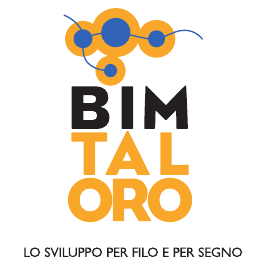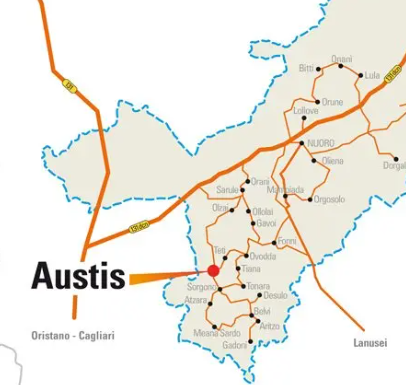Country church of Nostra Signora del Monte
The construction of the church of Nostra Signora del Monte (“Nostra Sennora de Su Monte”) dates back to 1602-1605. It was erected by Emanuele Cedda from Fonni in the clearing of a holly oak wood, on top of mount Pasada at 1253 metres above sea level, which makes it the highest location point for a church in Sardinia. Helped by some local shepherds, Cedda built the chapel dedicated to the Visitation of the Virgin Mary and placed a papier-mâché statue of the Virgin inside.
The original church consisted of one single nave with two gothic arches, a clay floor, a juniper wood beam roof and a brick altar called isciandula (the niche displaying the statue, a rare example of an expecting Virgin Mary, was also made of brick). The church was regarded as a shrine, a holy place of devotion and worship that lay officials were in charge of for some time. When Giuseppe Porcu Marcello, married to Bartolomea Cedda, took over from the founder, the building was extended and a sheep pen added in the Mameli area, near a watermill. A new statue of the Virgin Mary made of wood and papier-mâché and wearing a silver crown, was purchased in 1630 and subsequently restored in 1667 (as documented by the inscription on the plinth).
On 15 August 1867, the Siccardi bill was passed for the acquisition by the State of assets belonging to several ecclesiastical organisations. The church and its assets were auctioned as a result. Following a number of legal disputes due to prior changes of ownership, the building, its furniture and liturgical vestments were donated to the Bishop of Nuoro on 17 October 1931, and so were an adjacent courtyard, five cumbessias, a loggia and a sum of money.
In 1976, the original temple, by then close to structural collapse, was demolished. It was replaced by a far more modern building, through the joint efforts of the local population and the free labour provided by some construction workers. The church has since been repeatedly updated and modified over time. The Stations of the Cross, located along the path leading up to the church, were also donated by a Prior. In the past, the Festival of Madonna del Monte took place there twice a year, respectively Sa Esta Minore in July, and Sa Esta Manna, on the first Sunday in September. Celebrations now also take place on the last Sunday in August, preceded by a novena. Moreover, both the church and its adjacent rooms often host religious as well as public and religious functions during the year.
The ruins of the Pasada nuraghe stone structure and of a smaller one can be found nearby. Sources also mention the past presence of several local menhirs that were subsequently thrown off the cliff below. Hence, the altitude and features of the natural landscape suggest that the area was already considered to be a place of worship during the Nuragic and Pre-Nuragic period.
Text by Cecilia Mariani with the contribution of Anna Maria Cuguru
 BIM TALORO
BIM TALORO 